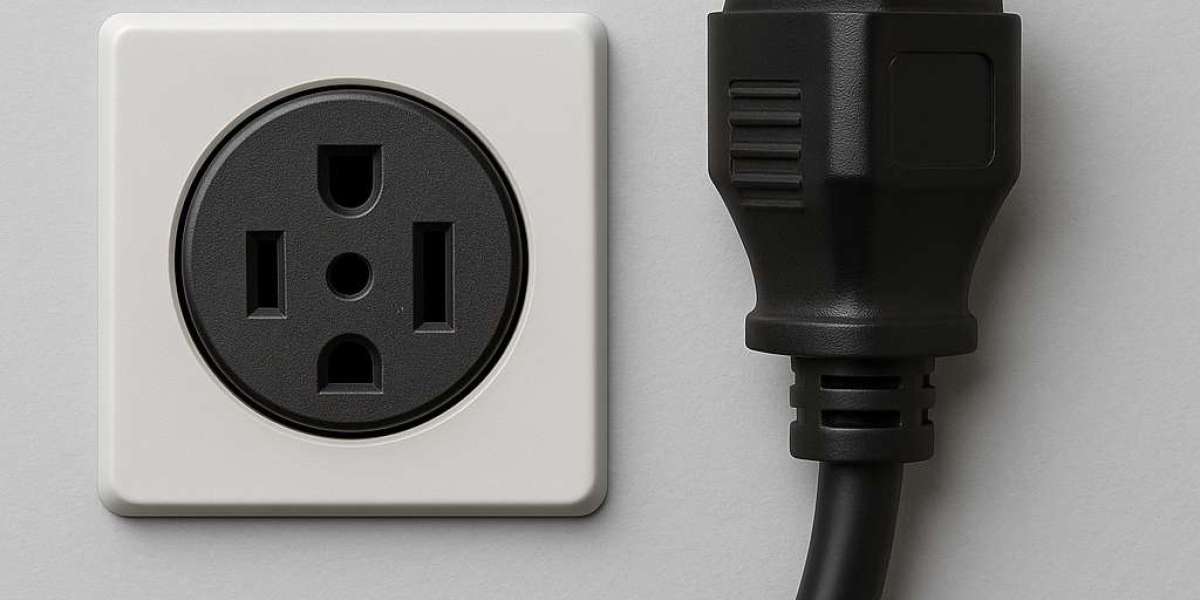NEMA stands for the National Electrical Manufacturers Association. This group creates rules and standards for electrical products in the United States. NEMA makes sure that items like nema power cables, power cords, and outlets are safe, reliable, and work well together.
Why Do Voltage Ratings Matter?
Voltage ratings tell you how much electrical power a device or cable can safely handle. If you use a power cord or outlet with the wrong voltage, it can damage your equipment or even cause a fire. That’s why knowing the voltage rating is so important when you choose a nema power cable or shop from power cord suppliers.
What is the Voltage Rating of a NEMA? (Exact Answer)
The voltage rating of a NEMA device depends on its type. NEMA standards cover a wide range of voltage ratings, starting from above 100 volts and going all the way up to 1,200,000 volts (1,200 kV) for big power systems. For most homes and offices, the common NEMA voltage ratings are 120 volts, 208 volts, 240 volts, 277 volts, and 480 volts. Always check the label on your nema power cable or power cords to see the exact voltage rating.
How Are Voltage Ratings Set?
NEMA follows a standard called ANSI C84.1. This standard lists the preferred voltage ratings for electric power systems. It helps everyone use the same numbers, so there’s less confusion. The standard also sets safe limits for how much the voltage can go up or down during normal use.
Common NEMA Voltage Ratings
Let’s look at some of the most common voltage ratings you’ll see on NEMA devices:
120 Volts: Used for most household outlets and small appliances.
208 Volts: Used in some offices and commercial buildings.
240 Volts: Used for bigger appliances like ovens and dryers.
277 Volts: Used for special lighting in commercial buildings.
480 Volts: Used in factories and large equipment.
These ratings help you pick the right nema power cable or power cords for your needs.
Voltage Ranges and Tolerances
NEMA standards also talk about voltage ranges. For example, a 120-volt system should stay within about 5% of that number most of the time. That means the voltage can go a little higher or lower, but not too much. This helps protect your devices and makes sure everything works smoothly.
How Voltage Ratings Affect Power Cords
When you buy a nema power cable or any power cords, the voltage rating tells you how much power it can safely carry. If you use a cable with a lower voltage rating than you need, it could overheat or break. That’s why power cord suppliers always list the voltage rating for each product.
Why Do Different Devices Need Different Voltage Ratings?
Not all devices use the same amount of power. A lamp uses less power than a washing machine. That’s why there are different voltage ratings for different types of equipment. NEMA makes it easy to match the right nema power cable or power cords to each device.
How to Find the Voltage Rating
You can find the voltage rating on the label or tag of your nema power cable, power cords, or electrical device. It’s usually written as a number followed by a “V,” like “120V” or “240V.” If you’re not sure, ask your power cord suppliers for help.
What Happens If You Use the Wrong Voltage?
Using the wrong voltage can cause big problems. If the voltage is too high, your device could get damaged. If it’s too low, the device might not work right. That’s why it’s important to always use the correct nema power cable and power cords for your equipment.
NEMA and Power Cord Suppliers
Good power cord suppliers always follow NEMA standards. They make sure their cables and cords have the right voltage ratings. This helps you stay safe and makes sure your devices work the way they should.
Tips for Choosing the Right NEMA Power Cable
Always check the voltage rating before you buy.
Match the nema power cable or power cords to your device’s needs.
Ask power cord suppliers if you have questions.
Never use a cable with a lower voltage rating than your device needs.
NEMA Voltage Ratings in Everyday Life
You use NEMA-rated products every day, even if you don’t realize it. The cords for your computer, TV, and kitchen appliances all have voltage ratings. Thanks to NEMA, you can trust that these products are safe and reliable.
Why NEMA Standards Make Life Easier
NEMA standards help everyone speak the same language about electricity. When you see a voltage rating on a nema power cable, you know exactly what it means. This makes shopping for power cords and working with power cord suppliers much easier.
Conclusion
The voltage rating of a NEMA device tells you how much electrical power it can safely handle. NEMA standards cover a wide range of voltages, from 120 volts in homes to 1,200,000 volts in big power systems. Always check the voltage rating on your nema power cable or power cords, and buy from trusted power cord suppliers. This keeps your devices safe and helps everything work the way it should!
Sources: https://www.articlesreader.com/troubleshoot-problems-nema-power-cord-connections/
https://www.storeboard.com/blogs/electronics/what-is-nema/6226479



